
Reward and punishment can be an excellent way to train your dog. If the process is done right you can have a very obedient pet for life.
The basis of all animal training is reward and punishment, and repetition leading to reflex actions. Pleasure and displeasure are sufficient rewards and punishments for dogs. Dogs never become capable of understanding the moral distinctions between right and wrong, as children do, and they seldom evolve beyond the 揷hildish?stage of doing something because it makes their owner happy.
In dog training, punishments and rewards are really an elementary form of communication, a means of getting the dog to understand what you want him to do. You will get the best results from the mildest punishment and the most extravagant praise at first. Later on, an affectionate word or an imperceptible pat will suffice.
The most effective canine rewards are a word of praise such as 揋ood Dog!?in an affectionate, enthusiastic tone of voice. A caress, such as stroking the back, rubbing behind the ears, along the muzzle, or stroking the head. Edible rewards can also be used such as cooked liver, a biscuit, a sliver of cheese, or whatever your dog prefers. Edible rewards work better on puppies, while adult dogs generally prefer praise.
The most effective forms of punishment are the absence of praise. Saying 揘o, Bad Dog?in a firm but not loud voice. Try to say the word 搉o?as little as possible, and emphasize more on the positive instead. Constraints such as making the dog sit or lie down after the misbehavior. You should never strike or hit a dog on any part of their body, especially with your hand. It is humiliating, traumatizing, and can undo much hard work in the positive or reward side of the training.
Shy and sensitive dogs respond to gentle correction and lavish praise. They can be terrorized by severe handling. In spite of their reputation for toughness, most Terriers require gentle handling too, since they tend to associate pain with fighting, and painful punishments can trigger instinctive resistance or aggression.
Sheep dogs and hounds, as well as many of the large breeds react to the gentlest measures, and most learn best from rewards alone. Due perhaps to the dog抯 rapid evolution toward a more civilized, sensitive mentality, old fashioned punishment is not as effective as it used to be and as stated earlier, may have a negative effect.
If punishment must be used, preferably by scolding, always be brief, and try to not show any anger. The dog may not comprehend exactly what you want him to do, or exactly what 揼ood?behavior is in this situation. After a punishment is given you should return at once to the lesson or some other positive activity.
The more time you spend with your dog, and the earlier the training is started will go a long way in producing good results and good behavior. Puppies always learn faster than older dogs that have already been conditioned by their environment, but you the owner are they key, and they look to you to lead and guide, reward and praise.
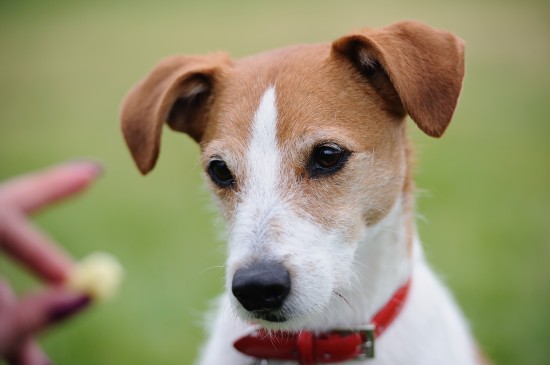 Weaning Your Dog Away From Expecting A Food Reward When Training
Weaning Your Dog Away From Expecting A Food Reward When Training
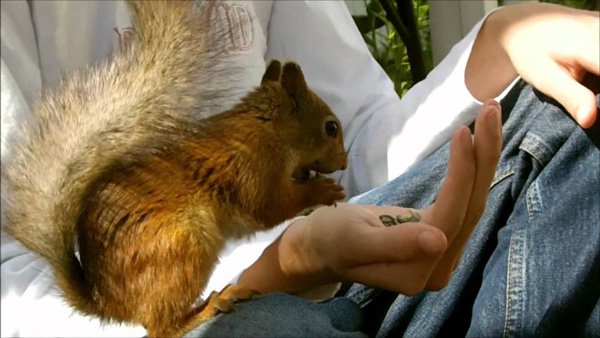 How to pick an amazing toy for your lovable pet?
How to pick an amazing toy for your lovable pet?
 More Tips On Being A Responsible Dog Breeder
More Tips On Being A Responsible Dog Breeder
 Double Dapple Dachshund Dogs And Their Problems
Double Dapple Dachshund Dogs And Their Problems
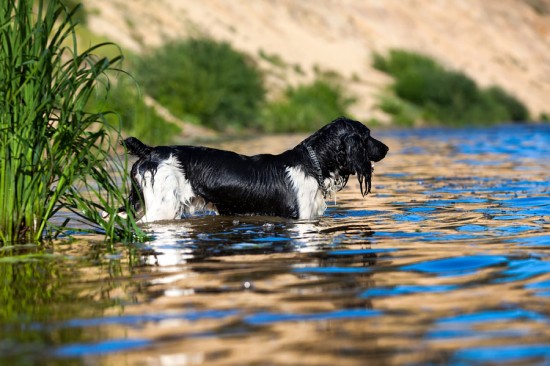 Can Your Dog Swim? Why Some Dog Breeds Cant Swim
Can Your Dog Swim? Why Some Dog Breeds Cant Swim
 Stealing Snacks: Food Motivated Dog Aggression
Stealing Snacks: Food Motivated Dog Aggression
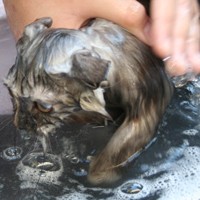 How To Get Rid Of Fleas On Kittens
If you are seeing fleas on your kitten, its very importa
How To Get Rid Of Fleas On Kittens
If you are seeing fleas on your kitten, its very importa
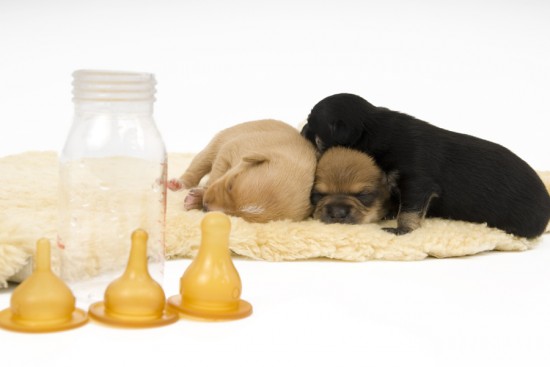 Breeding From Your Dog - Hand Rearing Puppies
Breeding From You
Breeding From Your Dog - Hand Rearing Puppies
Breeding From You
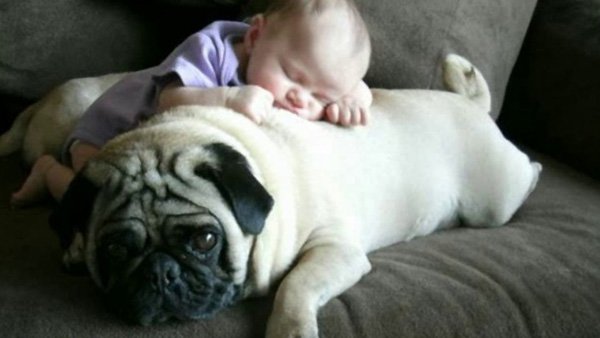 Buy Nutritional Feed For Effective Treatment Of Ulcers In Horses
Buy Nutritional Feed For Effective Treatment Of Ulcers In
Buy Nutritional Feed For Effective Treatment Of Ulcers In Horses
Buy Nutritional Feed For Effective Treatment Of Ulcers In
 Airline Travel And Your Dog
Airline Travel An
Airline Travel And Your Dog
Airline Travel An
 When Your Gerbil is Missing
“Age does not protect you from love, but love to some
When Your Gerbil is Missing
“Age does not protect you from love, but love to some
Copyright © 2005-2016 Pet Information All Rights Reserved
Contact us: www162date@outlook.com